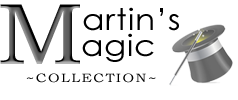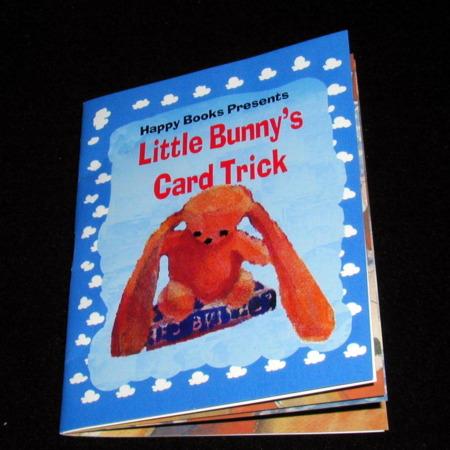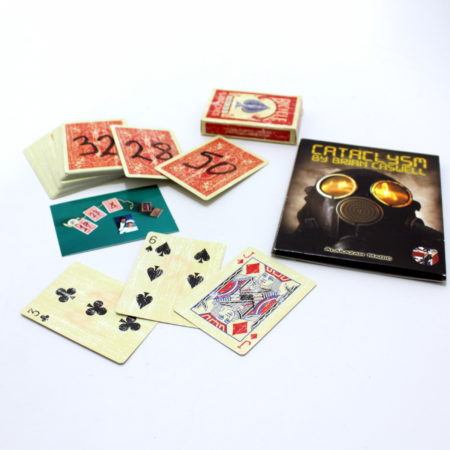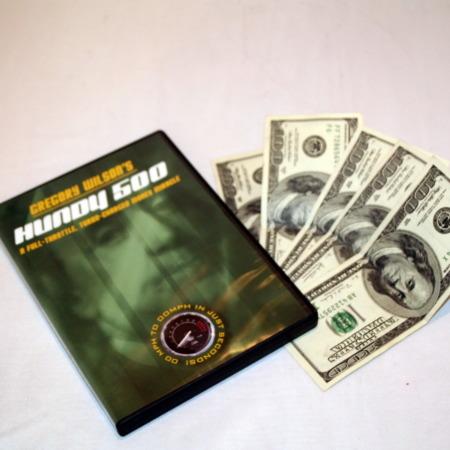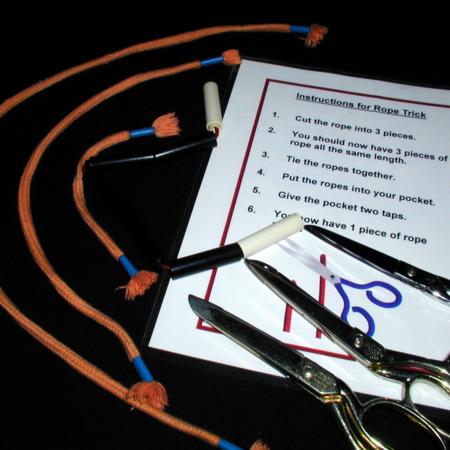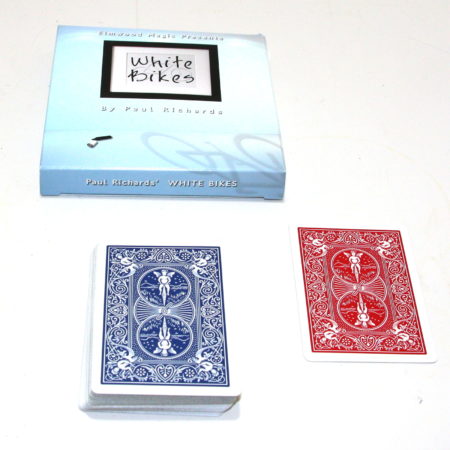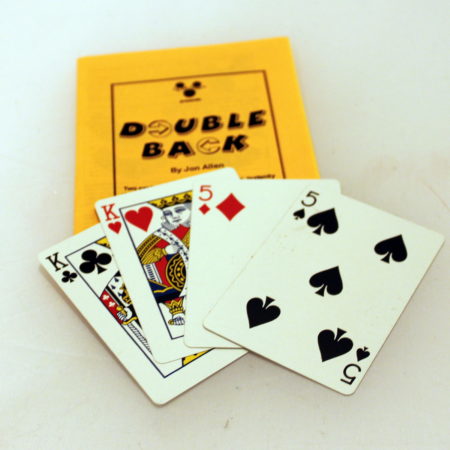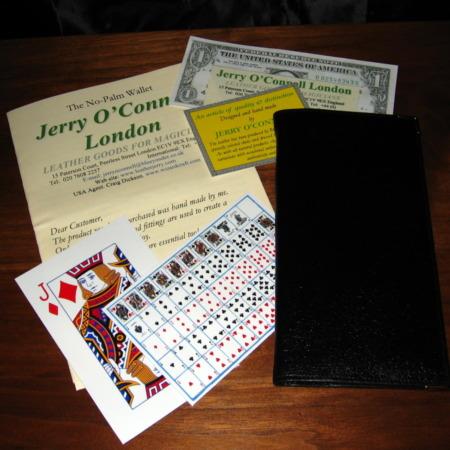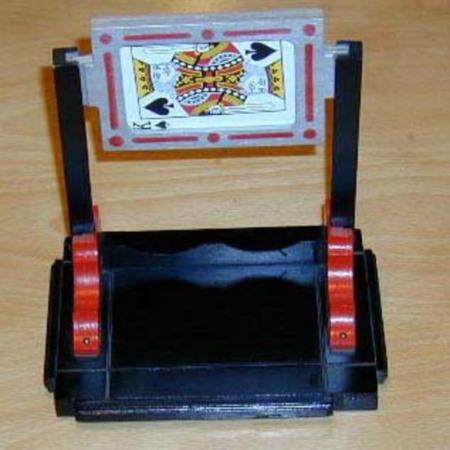
The legendary British Inventor, Craftsman, and Dealer, Jack Hughes, invented this item c. 1938.
One of the finest vanishes of a card you will ever see! A card is placed in a small frame, open back and front and with a flick of a silk handkerchief it vanishes without trace! A wonderful utility prop that can be used to vanish or change cards. It can be used to vanish a card for later production in Jack Hughes’ invented TV Card Frame. A very clever idea that you will be very pleased with.
According to Eric Lewis in The Crowning Miracles (pg 194) the original Card Go was in fact also invented by The Great Norman but he sold the rights to manufacture to Jack Hughes, and since then it has been attributed to Jack Hughes. The Great Norman’s real name was Norman Hazeldene and he grew up just outside Manchester in Stockport, Cheshire, England. But I wonder if this was the effect that Eric Lewis is referring to, because it is similar to Card Go, but not the same (hence Improved). I have found nothing else to say that Jack Hughes did not invent Card Go, including many ads from the 1940’s, and of course Jack Hughes’ World of Magic Books.
Click here for more information.
